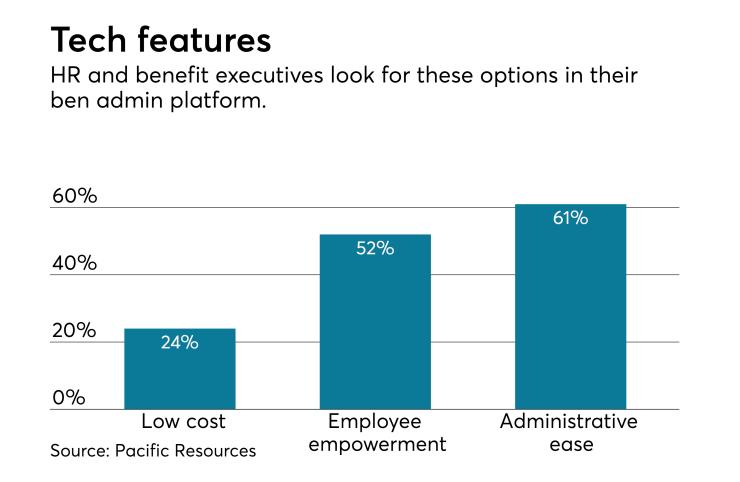It’s no secret that today’s world is ultra-connected. You’re hard-pressed to see anyone walking around without some kind of device in hand, and our technology-powered landscape is changing how we consume information. In most cases, these developments are for the better; however, it can also yield an overload of resources, tools and choices.
Digital assets are forcing a change in our approach to working with aspiring retirees and establishing the need for a brand new skillset we haven’t tapped before: cyberliteracy. Cyberliteracy is understanding how to use technology and resources — and the options that come with them — to our full advantage, while also being able to distinguish between fact and fiction.

Here's how to consider cyberliteracy, and use technology to improve retirement participant outcomes.
Use data to inform your educational approach. Having a solid financial education program in place is essential to employees' long-term success. The data associated with your plan can tell you a lot about your participants, but it can also tell them a lot about their success, too. Turn the plan’s data into real-time feedback that can better arm participants to take control of their financial futures.
Don’t ignore demographics. It is impossible to have a discussion on technology and finances without pointing to the defining generational differences. It has been well recognized that the three generations currently comprising our workforce have varying degrees of technological exposure and preferences. While younger generations are innately cyberliterate, many tend to lack the foundational knowledge to act on the information gleaned in these resources. Alternatively, older workers have the financial literacy to apply life experiences and lessons learned from tech-based tools, but lack the technological acumen to optimize online resources.
Offer the right programs to meet various participant needs. It’s no longer sufficient to hold quarterly meetings; rather, it’s vital that plans offer more robust offerings that help solve for participants’ pain points. Take debt management and spending for example. This touches millennials’ record high student debt levels, as well as baby boomers managing competing financial needs of increasing medical costs for themselves, caring for aging parents and providing for young adult children. A budgeting program is applicable to the entire participant base.
Aggregate the resources in smart and usable way. HR managers now recognize the need to compile resources on all aspects of financial life and provide employees with the added value of holistic services. Information should all be aggregated in one easy-to-find place and cover all sides of each issue — from basic knowledge of the subject, to the technology available to help, to how to use this technology.
Simplify tasks when possible. It’s also important to simplify technology-based tasks such as enrollment, saving, investing and distribution with technology. Sit down with plan sponsors and help them set up defaults and smart plan features that are easy for their employees to use, so that no one gets overwhelmed. Likewise, help participants navigate their to-do’s with ease and guidance.
In today’s world, financial literacy includes cyberliteracy — you can’t understand the best financial practices available to you without utilizing the tools and resources offered by the internet. HR pros need to make sure that every generation is prepared to make the best financial decisions for their retirement by providing them with simple, straightforward, and trustworthy information while creating efficiencies to drive successful participant outcomes.
In order for employees to be offered the best path to a successful outcome, employers and HR managers will need to implement certain automated plan features and defaults, effectively use participant data and incorporate digital advice that will be customized to each participant and evolve as they approach retirement.





